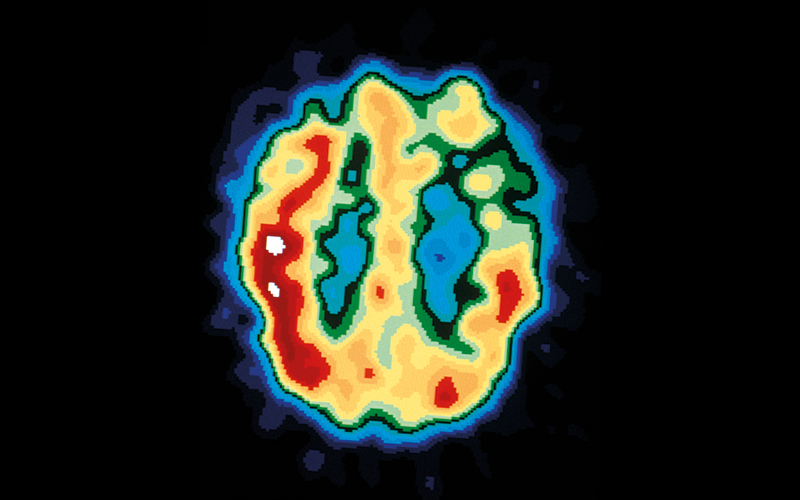A new blood test called p-tau217 shows promise as an Alzheimer’s disease (AD) biomarker, and when used in a two-step workflow very high accuracy to either identify or exclude brain amyloidosis – the earliest pathology.

The two-step model is built on a first step with a diagnostic model to stratify patients with mild cognitive impairment (MCI) for risk of amyloid positron emission tomography (PET) positivity. Step two is based on confirmatory testing with CSF Aβ42/40 ratio only in those with uncertain outcomes in step one.
The workflow was evaluated in 348 MCI participants and three thresholding strategies were explored to classify participants into groups with low, intermediate and high risk for being
“Aβ positive”. At the stringent lower probability thresholds with 97.5% sensitivity, as few as 6.6% false negatives were found, while the stringent 97.5% specificity gave only 2.3% false positives.
At the stringent sensitivity/specificity thresholds, 41% of patients fell into the intermediate risk group (compared to 29% of patients for the 95% thresholds). The study presents a blood plasma p-tau217-based two-step model for risk stratification of patients with MCI into high, low and intermediate risk of having brain amyloidosis and early AD pathology. The blood test applied in step one shows very high accuracy to identify high-risk patients.
In the low-risk group, AD can be excluded with high degree of certainty. The intermediate risk group will only encompass around one third of patients, reducing the need for confirmatory CSF or PET testing at the specialist clinic.
Image credit | Science-Photo-Library




